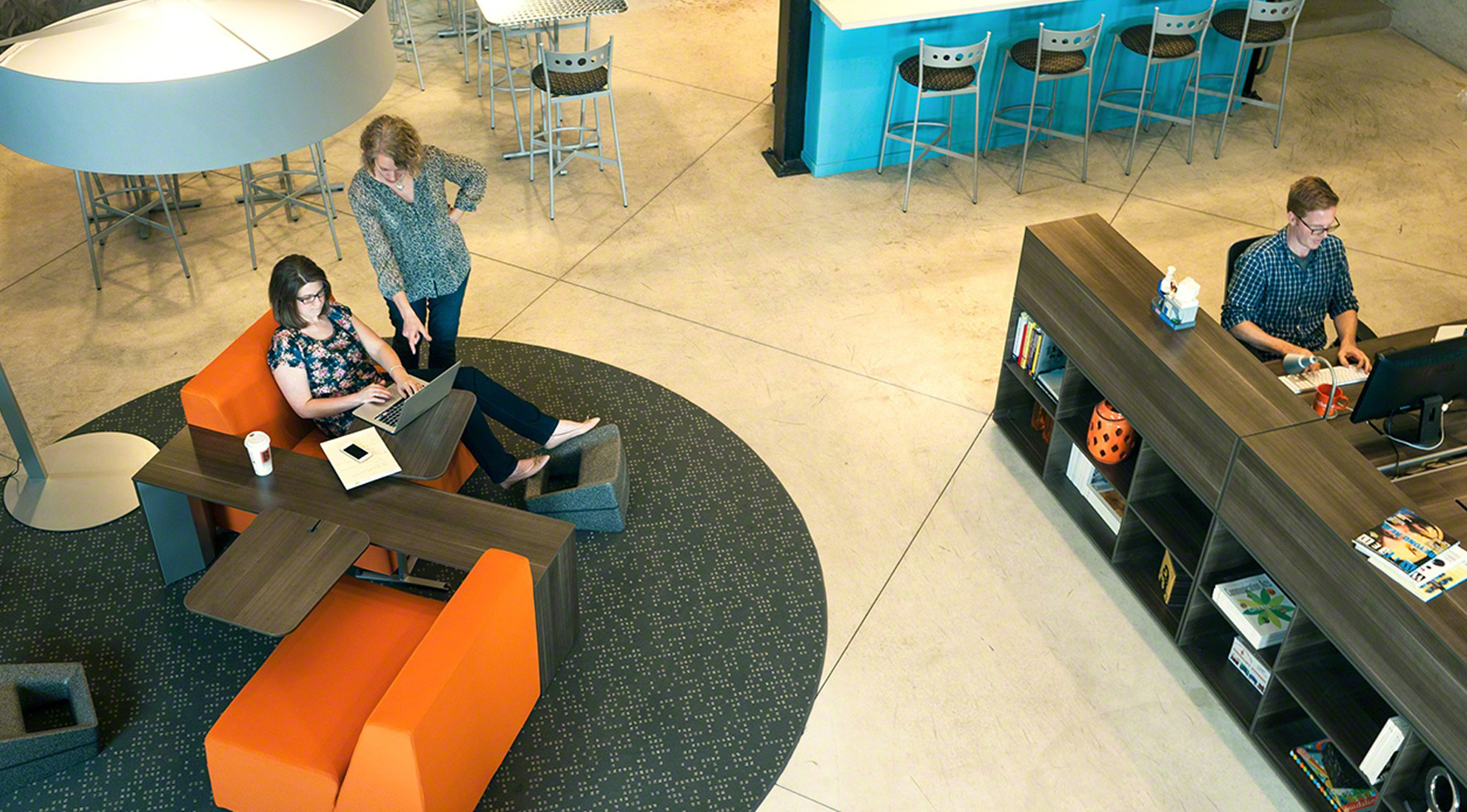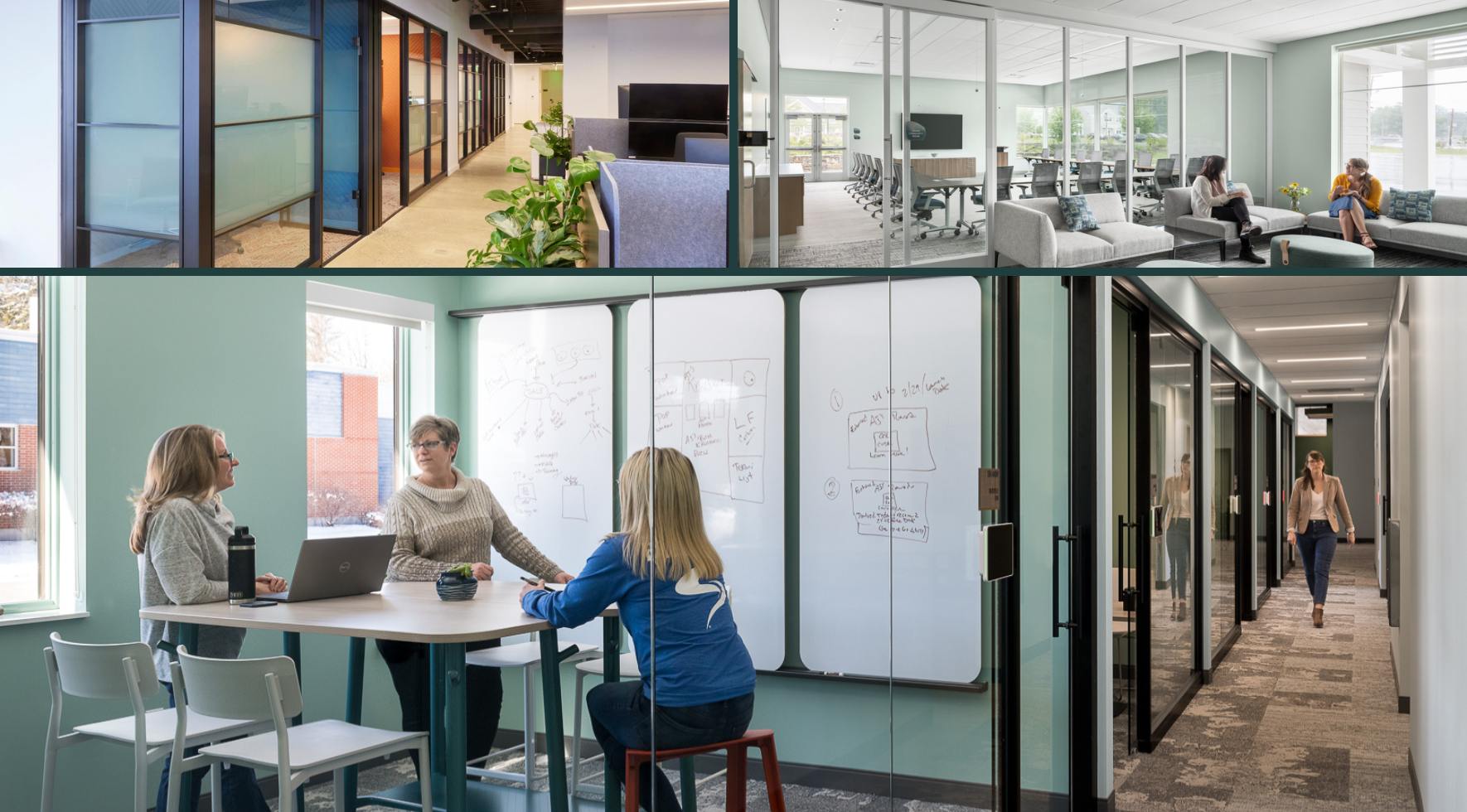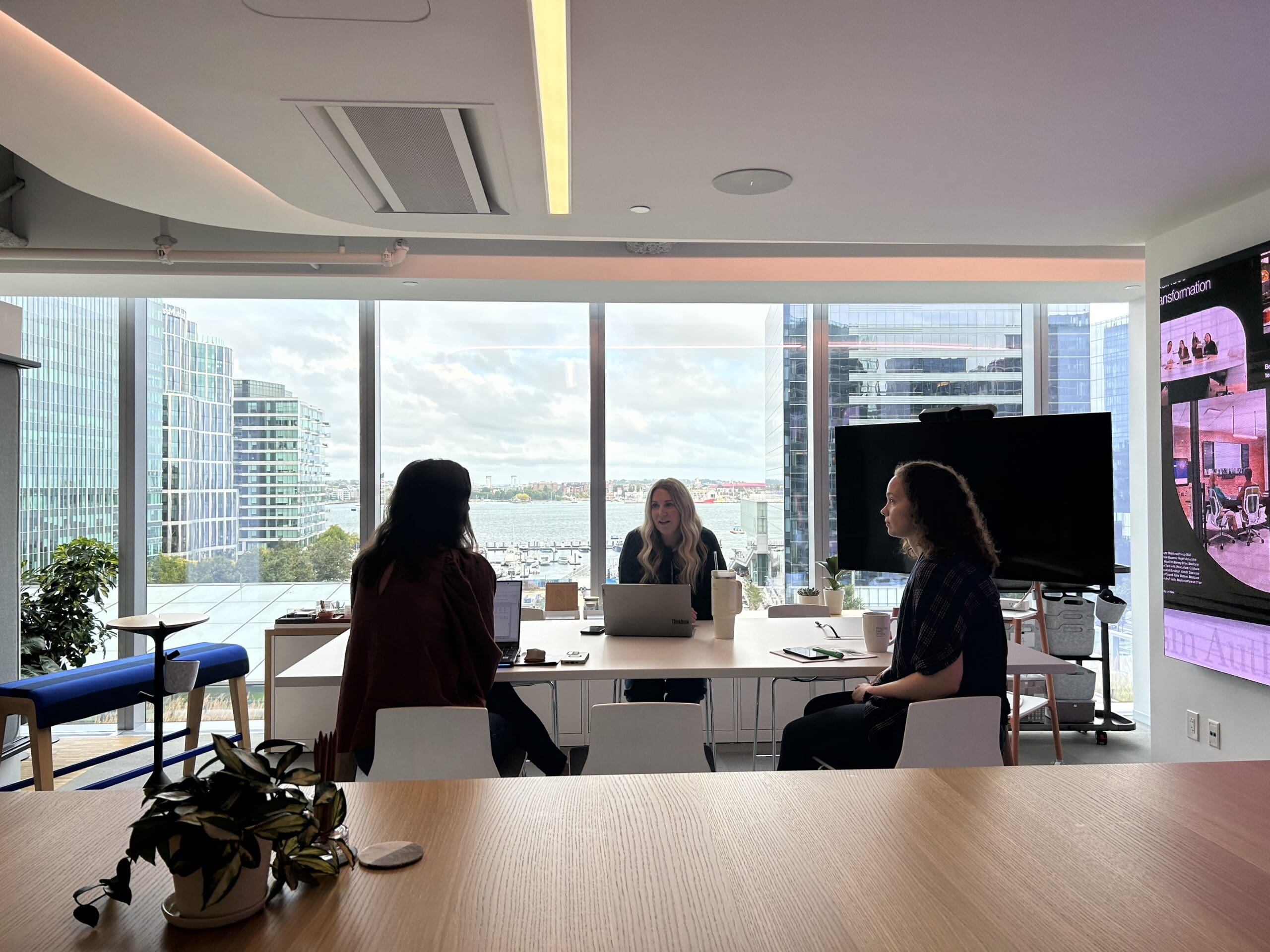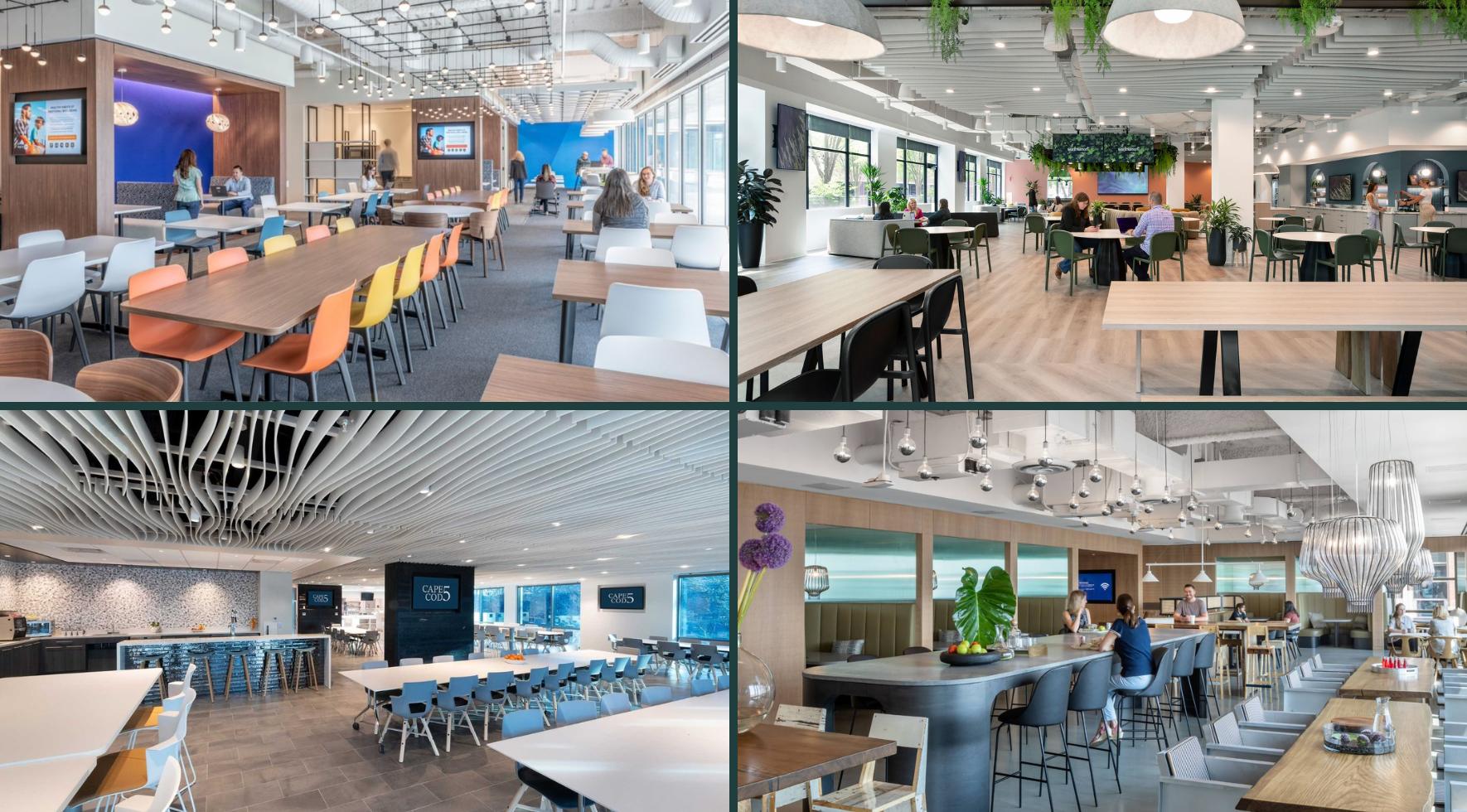Steelcase recently released a global report entitled, “Engagement & the Global Workplace“, the first study to explore the relationship between engagement and how people feel about their workplace.
Partnering with IPSOS, the global research firm, the study encompassed 17 countries, 12,480 participants and yielded 5 key findings. The takeaway? There is definitely a correlation between engagement and the workplace which comes as no surprise to those of us who work in an office! What you may be surprised to learn however, is that in the U.S. only 21% of office space is entirely open plan compared to the UK at 46% and only 5% of American workers are entirely nomadic – meaning they have no owned workstation. And lastly, a surprising 35%, still occupy private offices which is significantly higher than the global average.
What does all this mean? Steelcase and Ipsos distilled the findings down to 5 key findings;
1. Employee Engagement Positively Correlates with Workplace Satisfaction
According to the report, “the data show that workers who are highly satisfied with various aspects of their workplace also demonstrate higher levels of engagement. Yet, only 13 percent of global workers are highly engaged and highly satisfied with their workplace. The inverse is true as well: 11 percent of employees are highly dissatisfied with their offices and are also highly disengaged.”
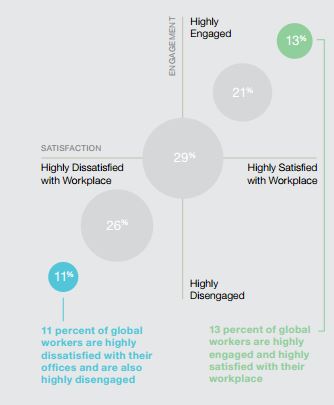
2. Engaged Employees Have More Control Over Their Experiences at Work
This finding simply states that there is a correlation between highly engaged employees and those that have the choice and control to work as they please throughout the day – choosing spaces that are the right fit for the work at hand. In addition, “Engaged employees tend to work in organizations that support two-way communication: Real-time information about the company is available and people are able to freely express their ideas.”
3. Fixed Technology Exceeds Mobile 2:1
Contrary to what we might expect, the study outlines that the vast majority of workers still use “fixed” technology at work as opposed to mobile technology. The implications are quite significant. As organizations grapple with the need to be more innovative, they need to consider technology choices that support collaborative behavior.
4. Traditional Workstyles Persist
Desk-based and individually focused work still tends to be the norm. Although media and popular culture create the perception that the workplace has shifted dramatically in the past 10 years, hierarchical, traditional office environments are still pervasive.
5. Cultural Context Influences Engagement Levels
Guess what? The study finds that the most highly engaged employees tend to come from emerging economies and the least engaged often come from countries in well-established markets. You might be surprised to know that in this survey, the most highly engaged employees hailed from India, Mexico and the United Arab Emirates…and the least engaged? Spain, Belgium and France….Where did the U.S. fall? 6th.
This is a comprehensive and easy to digest global workplace report that helps to shed light on the role the workplace can play as part of a holistic strategy to boost employee engagement! Download the full report!
